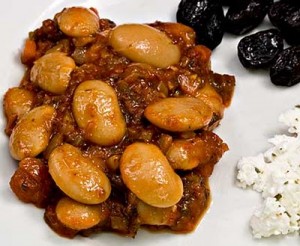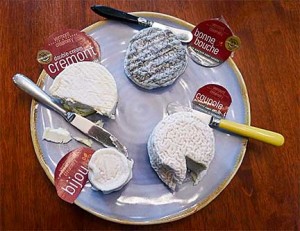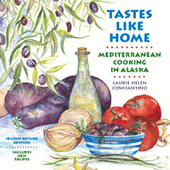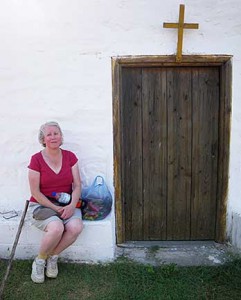
Sunburned on Limnos
Birds singing, doves cooing, roosters crowing, cats meowing, dogs barking, engines revving, women chattering: the morning sounds of a Greek village.
When we’re in Atsiki on the island of Limnos, Greece, I treasure my last few minutes in bed listening to the village come alive. I force myself to get up before vendors start hawking their wares.
“Potatoes, onions! Good for storing.” The cries echo off stone-walled houses lining narrow village streets. “Sardines, bream, octopus, squid. Very fresh fish!” When the fish man comes, I grab money and run to catch him; the seafood comes from the surrounding Aegean Sea and is impeccably fresh.
Tinny music, the same song played repeatedly, heralds the arrival of gypsies who travel from island to island in large Mercedes trucks. “Shoes, shirts, sweaters, pants, socks, underwear,” the recording blares over and over and over as the truck drives slowly through the village.
The cries change from season to season: “Tablecloths, sheets, blankets.” “Rugs, beautiful rugs.” “Chairs, tables, good for your veranda, tables, chairs.” When the truck stops to complete a sale, the cries cease, but the music’s volume rises. If the sale is to one of our neighbors, blasting music from the idling truck reverberates through our house.
Some truck vendors don’t bother wending their way through narrow village streets, and set up shop in a square or by the side of the road. Some of these vendors are local islanders, but most seem to be from northern Greece. They arrive on ferries that connect Limnos to Thessaloniki, Kavala, and Alexandroupoli.
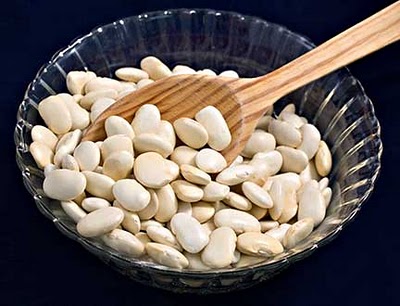
Dried Gigantes (Giant Greek Beans)
In fall, I seek out bean vendors from Greece’s northern border, who sell many varieties of dried legumes. Beans need plenty of water to thrive, a resource rare on Greece’s rocky islands, but plentiful in its remote northern upland regions.
Gigantes (Giant Beans)
My favorite beans are called gigantes (γίγαντες, pronounced YEE-gahn-tess) or elephantes, meaning “giant” or “elephant” beans. Gigantes are large white kidney-shaped beans, belonging to the species Phaseolus coccineus (multiflorus); scarlet runner beans also belong to this species. (Gigantes are sometimes mistakenly referred to as lima beans, butter beans, white kidney beans, Phaseolus vulgaris, Phaseolus lunatus, or Phaseolus limensis.)
The only difference between gigantes and elephantes is size; 1000 gigantes weigh between 1200 and 1800 grams (about 2 1/2 – 4 pounds), while 1000 elephantes weigh more than 1800 grams (about 4 pounds).
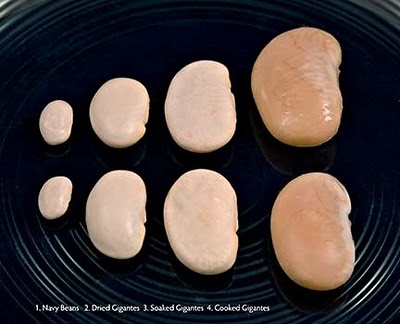
1. Dried Navy Beans 2. Dried Gigantes 3. Soaked Gigantes 4. Cooked Gigantes
Gigantes and elephantes from the Kastoria, Florina, and Drama regions of Greece are recognized by the European Union as products of Protected Geographic Indication (PGI). Like French appellations for wine, PGI designations identify foods grown in unique regions that have special qualities and characteristics worthy of appreciation and protection.
Every fall I buy enough gigantes to bring back to Alaska for the year; when I get homesick for Greece, all I need to do is make some gigantes. This past year, my gigantes came from Kastoria. Gigantes have been grown in Kastoria for 300 years; the geography, soil, and climate create perfect conditions for their growth. Kastoria gigantes are harvested by hand beginning in September, and dried in the sun before being shelled.
Gigantes in tomato sauce (Gigantes Plaki – Γίγαντες Πλακί) is a wildly popular item in homes and tavernas across Greece. It’s typically served as part of the Greek appetizer course called mezedes (μεζέδες). Gigantes are also tasty when boiled and dressed simply with olive oil, lemon juice, oregano, and salt for a salad, or pureed with garlic, olive oil, lemon juice, and salt for a wonderful bean skordalia.
Gigantes are available at Greek and Middle Eastern markets, and from many internet sellers.



